Jinghan Shi
Genetic Meta-Structure Search for Recommendation on Heterogeneous Information Network
Feb 21, 2021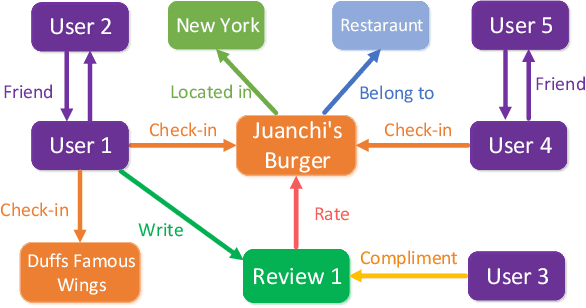
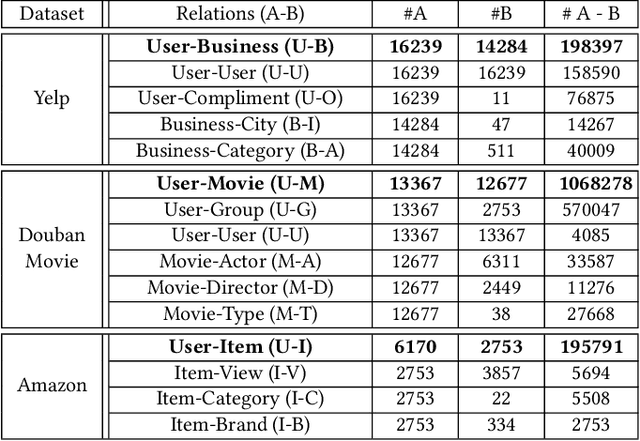
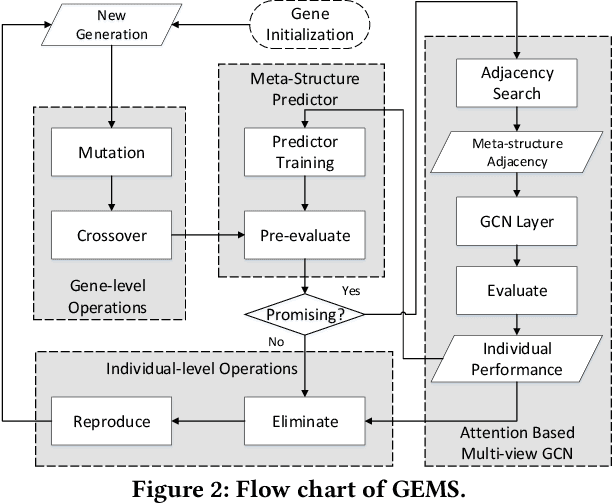

Abstract:In the past decade, the heterogeneous information network (HIN) has become an important methodology for modern recommender systems. To fully leverage its power, manually designed network templates, i.e., meta-structures, are introduced to filter out semantic-aware information. The hand-crafted meta-structure rely on intense expert knowledge, which is both laborious and data-dependent. On the other hand, the number of meta-structures grows exponentially with its size and the number of node types, which prohibits brute-force search. To address these challenges, we propose Genetic Meta-Structure Search (GEMS) to automatically optimize meta-structure designs for recommendation on HINs. Specifically, GEMS adopts a parallel genetic algorithm to search meaningful meta-structures for recommendation, and designs dedicated rules and a meta-structure predictor to efficiently explore the search space. Finally, we propose an attention based multi-view graph convolutional network module to dynamically fuse information from different meta-structures. Extensive experiments on three real-world datasets suggest the effectiveness of GEMS, which consistently outperforms all baseline methods in HIN recommendation. Compared with simplified GEMS which utilizes hand-crafted meta-paths, GEMS achieves over $6\%$ performance gain on most evaluation metrics. More importantly, we conduct an in-depth analysis on the identified meta-structures, which sheds light on the HIN based recommender system design.
Heterogeneous Graph Neural Network for Recommendation
Sep 02, 2020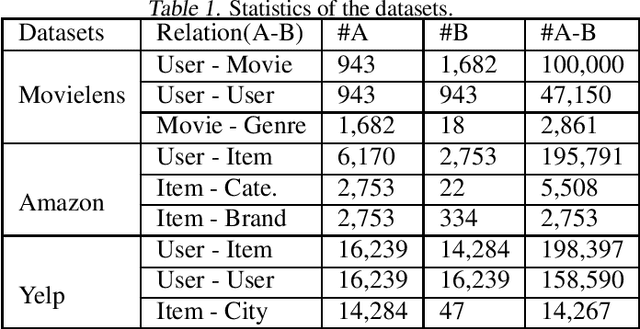
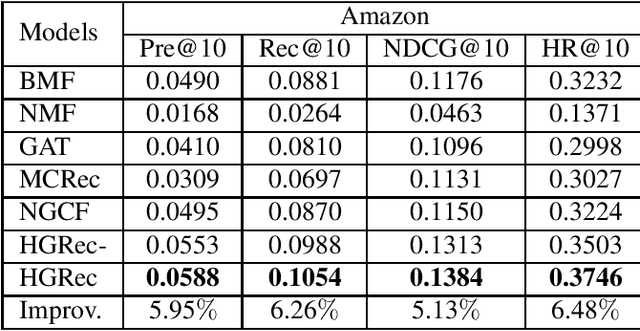
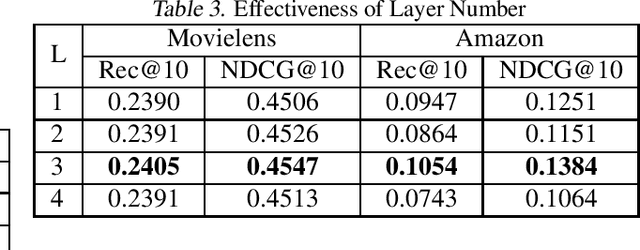
Abstract:The prosperous development of e-commerce has spawned diverse recommendation systems. As a matter of fact, there exist rich and complex interactions among various types of nodes in real-world recommendation systems, which can be constructed as heterogeneous graphs. How learn representative node embedding is the basis and core of the personalized recommendation system. Meta-path is a widely used structure to capture the semantics beneath such interactions and show potential ability in improving node embedding. In this paper, we propose Heterogeneous Graph neural network for Recommendation (HGRec) which injects high-order semantic into node embedding via aggregating multi-hops meta-path based neighbors and fuses rich semantics via multiple meta-paths based on attention mechanism to get comprehensive node embedding. Experimental results demonstrate the importance of rich high-order semantics and also show the potentially good interpretability of HGRec.
 Add to Chrome
Add to Chrome Add to Firefox
Add to Firefox Add to Edge
Add to Edge